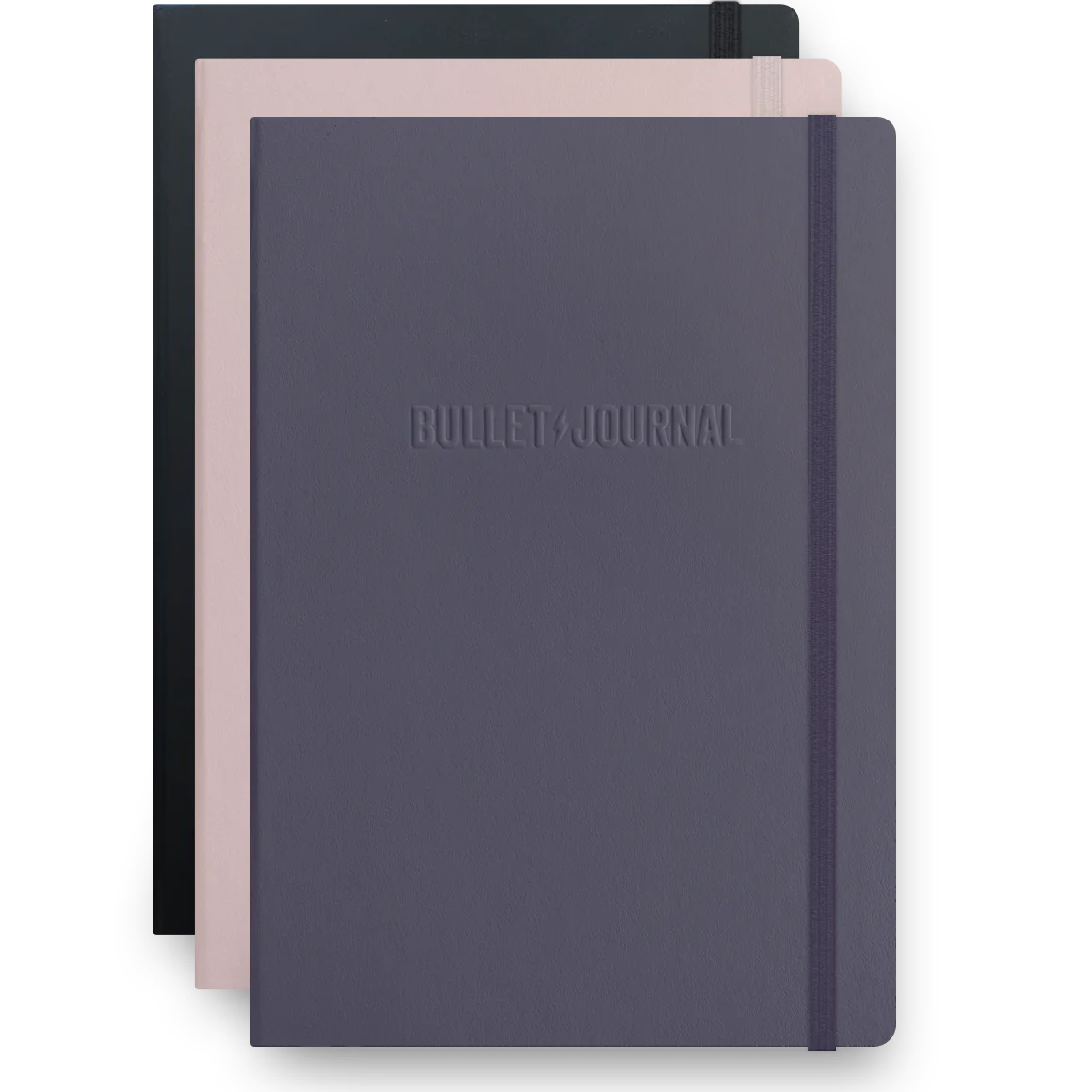
Bullet Journaling
Over the past week I have watched a number of YouTube videos about the Bullet Journal methodology.
How to Bullet Journal - YouTube
I use a paper log for some things - sometimes it's easier to capture things using an analog system, the bullet journal takes that to the next level and becomes the one journal to rule all of your information.
One thing that is really nice about the bullet journal system is that it is very flexible - based on what you see on-line, that has worked well for artistic people; there are some very nice looking journals out there using this methodology. Since I'm not artistic, that side of things didn't appeal to me, but the simplicity of the basic system did, so I explored.
Bullet Journaling
Overview
The Bullet Journal methodology is designed to help
- Track your past
- Order your present
- Plan your future
In its most minimal implementation it consists of five components:
- Index
- Future Log
- Monthly Log
- Daily Log
- Collection Pages
- group all information related to the same project
Future Log
It is interesting to me that a bullet journal starts with a future log. In many of the videos that I've watched, they describe these pages as the "yearly spread". Starting a journal/planner at this high level helps to ensure that you are focused on the important things. This reminds me of the "Big Rocks" as popularized by Stephen Covey in his book The Seven Habits of Highly Effective People.
Monthly Log
From there, the next thing is the monthly log. Creating the monthly log requires you to review your future log and transfer items too the monthly schedule. Each time you move an item forward, the planning around that item gets more specific. First, it's in a bucket for the month, then it moves to a bucket for the day...then you get to the daily log.
Daily Log
The daily log encourages you to review the previous days work, review the monthly log and plan your day. The Daily Log is a combination of events, tasks, accomplishments and notes - it's both a planning tool and a tracking tool.
Reflection
Part of the bullet journal method is the reflection process; the recommendation is to take 5 minutes in the morning and 5 minutes in the evening to review all of the tasks you have open. This keeps you aware of the things you are working on. At the start of each day, you also review your Monthly Log for items that need to be added to the daily log. When you start a new month, you review your future log to re-orient yourself to your year-long plans as.
Other Details
Log entries are recorded as short bulleted sentences.
How this compares to GTD
Collect
The daily log is a great example of an "inbox" - everything goes here.
Process
The daily reflection periods are the time to process the items from the daily log. Creating a new monthly log is a time to process things from the future log as well as reviewing/processing things from the previous month. The process of creating a new monthly log puts me in mind of the GTD methodology "Tickler File". At the beginning of the month, you pull everything out of the monthly folder and decide which day of the month it goes into.
Organize
The future log and monthly log provide a level of organization. Collection pages provide a place to store support materials and plans - the index helps you find these pages later. Outside of the collection pages, there is no way to "tag" entries with a context in the bullet journaling methodology.
Review
In the bullet journal methodology, the review happens daily, monthly and yearly. Many bullet journal videos add a weekly log/spread and that introduces a weekly review. This is very similar to the GTD methodology.
Do
The do is the biggest area of difference between the GTD methodology and the bullet journal methodology. In bullet journaling, you have made a conscious choice to have a list of to-dos on the day log - for me, this requires some cognitive power that the GTD methodology avoids. With GTD, I just look at my next actions for my given context and expect my systems to surface items when and where I need to be aware of them with minimal effort on my part.
Summary
For me, I'm too lazy to use the bullet journal methodology. I like systems that automate many of the mundane tasks such as moving unfinished to-do's to my next day's list. The bullet journaling has minimal support for projects and contexts and requires/encourages more awareness of your projects/tasks. The thing I like about the GTD methodology is that I can think about something once, put it in my system, then forget about it until my system reminds me about it.
That's not to say I've not picked up a few ideas from the bullet journal videos I've watched.
If you're interested in seeing what I use, I've started to document My Tools.